ColorSphere 3: A new breed of printing
HP has created a new type of toner that raises the bar on laser printing.
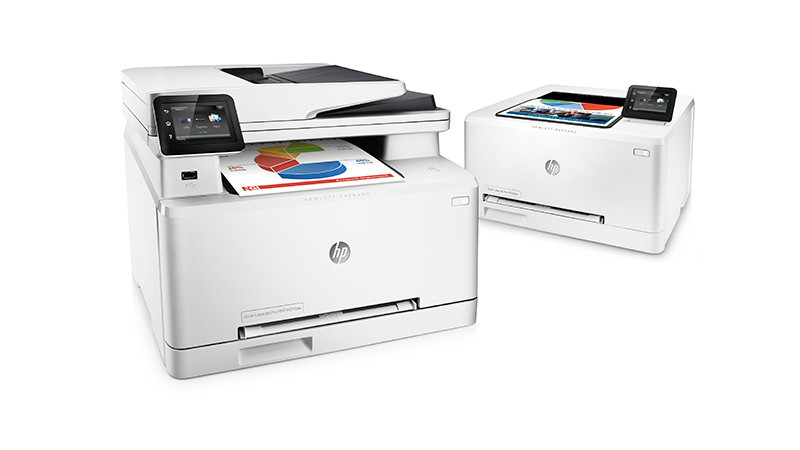
HP's latest LaserJet printers aren't exactly short of headline features. They're smaller, faster, more energy efficient, and up to 50 per cent quicker than the previous generation when it comes to printing out the first page. The new LaserJets feature JetIntelligence Toner cartridges that yield more pages than ever before, yet the most exciting thing about these printers isn't the biggest, but the smallest: the tiny particles of toner inside each and every cartridge which make all this good stuff happen. In its most revolutionary move since 2005, HP has rebooted the chemistry of toner with ColorSphere 3.
How Toner Works
First, a short primer on how toner moves in the cartridge. In your typical laser printer, a negative charge is applied to the cylindrical drum to prepare it for a laser beam. The laser strikes the drum surface, creating one line at a time - a less negatively charged latent image. When the negatively-charged toner is transferred to the more positively charged areas exposed by the laser, a final image in toner is developed on the drum.
The toner is then transferred from the surface of the drum to the paper, by a transfer roller. This applies a positive charge to the underside of the paper, which attracts the negatively charged toner from the drum, pulling the toner image onto the paper. With the toner held in place electrostatically, the paper is passed through to the fusing unit within the printer, where the toner is permanently fixed through heat and pressure.
As a system, electrophotography is incredibly effective, which is why it has powered everything from the first photocopiers to the modern colour laser printer. Over the last twenty years we've seen innovations with colour laser technology, often lead by HP. We've seen speeds increase from less than one page per minute to over fifty pages per minute, and prints evolve from simple 300dpi monochrome to photo-quality 2,400 x 1,200 dpi colour. Yet further progress is held back by two issues: the tendency of toner particles to degrade in quality over time, and the amount of heat required to fuse the toner to the paper.
Breaking down the barriers
Why are these issues? Well, in ordinary toner, the structure of the particles can break down over time. As particles circulate inside the toner cartridge the outer shell can wear and chip. As this happens, print quality and page yields may be sacrificed. To combat this, more toner may be provided in the toner cartridge to ensure quoted page yields would be met and print quality maintained. This additional toner never makes it to the paper. Instead, it's used to support the wear of the toner over time.
And the heat and energy? First, fusing toner to paper takes a lot of heat and pressure, and the faster the paper moves through the mechanism, the more heat is required. This increases both the time the printer takes to warm up and the energy it consumes during printing.
A breakthrough for toner technology
The product of more than five years of development, HP's new ColorSphere 3 toner formulation attacks both problems. With ColorSphere 3 toner, a soft core of wax and polymer is held within a protective durable outer shell. As the spherical toner particles circulate and collide, this outer shell remains intact, protecting the toner from deterioration. Yet, because of the soft core of wax and polymer, this new tougher toner also requires less heat to melt.
In other words, you have toner that doesn't deteriorate with time, and that also melts faster using less energy. What does this mean in practice?
- Higher page yields and more value Because the toner is more durable, the additional toner used to compensate for the wear is now being used to print more pages. HP's new Original Toner Cartridges with JetIntelligence can produce up to 33% more professional-quality prints than previous generation cartridges. With the high capacity cartridges, the price you pay per print goes down and you don't have to replace those cartridges so often, either.
- Faster first pages Because the ColorSphere 3 toner is low melt, the fuser unit takes less time to literally warm up, HP's latest LaserJet printers deliver the first page of a print job faster. In fact, they're up to 40 percent faster to print the first page after waking from sleep than previous LaserJet printers, with the new LaserJet Pro M252 offering the fastest first page out in its class.
- Smaller printers Less energy and less heat mean less space required for the fuser unit and for cooling, which in turn means smaller printers overall. As a result, the latest LaserJets have a footprint up to 40 percent smaller than their predecessors, and could actually fit wholesale inside the older models' shells.
- Count on the HP reliability HP's printers have always been reliable, and this continues with the introduction of ColorSphere 3 toner. HP has looked at every element of the cartridge design and the printer mechanisms to optimise them for exceptional performance. This means LaserJet printers can take any reasonable office workload in their stride with fewer cartridge interventions.
- The same great quality HP formulated ColorSphere 3 toner delivers all these advantages without compromising what matters most: professional print quality. Prints made using ColorSphere 3 toner are as vibrant, crisp, detailed and polished as you would expect from HP. No matter whether you're printing single pages or duplex sheets, in best quality or in draft, you know you can expect fantastic results.
HP's work at the microscopic level of the toner particle is transforming the way its printers work at every level. And with the new LaserJet printers available for as little as 149, even micro-sized businesses can see it in action.
Sign up today and you will receive a free copy of our Future Focus 2025 report - the leading guidance on AI, cybersecurity and other IT challenges as per 700+ senior executives
ITPro is a global business technology website providing the latest news, analysis, and business insight for IT decision-makers. Whether it's cyber security, cloud computing, IT infrastructure, or business strategy, we aim to equip leaders with the data they need to make informed IT investments.
For regular updates delivered to your inbox and social feeds, be sure to sign up to our daily newsletter and follow on us LinkedIn and Twitter.
-
 UK government confirms October cyber breach: Everything we know so far
UK government confirms October cyber breach: Everything we know so farNews Details around Foreign Office hack remain sparse and government says it's unclear who is behind the attack
-
 Data center investment reached a record $61 billion this year
Data center investment reached a record $61 billion this yearNews Hyperscaler expansion, private equity interest, and a surge in debt financing are behind skyrocketing investment levels
-
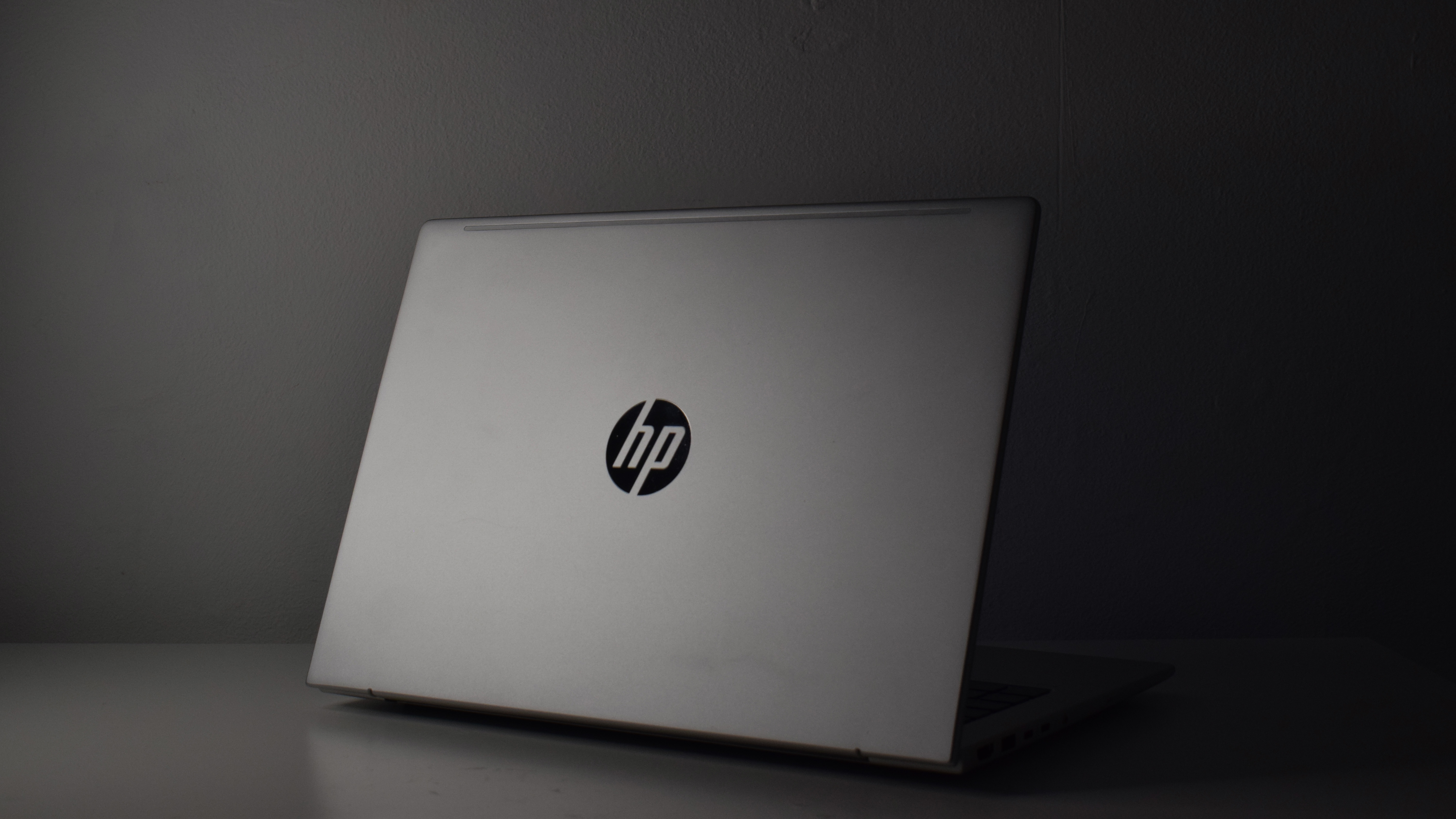 HP ProBook 4 G1a review: A no-frills business machine for the average office
HP ProBook 4 G1a review: A no-frills business machine for the average officeReviews A serious but dull business laptop, however, HP's ProBook 4 is a decent middle-tier machine
-
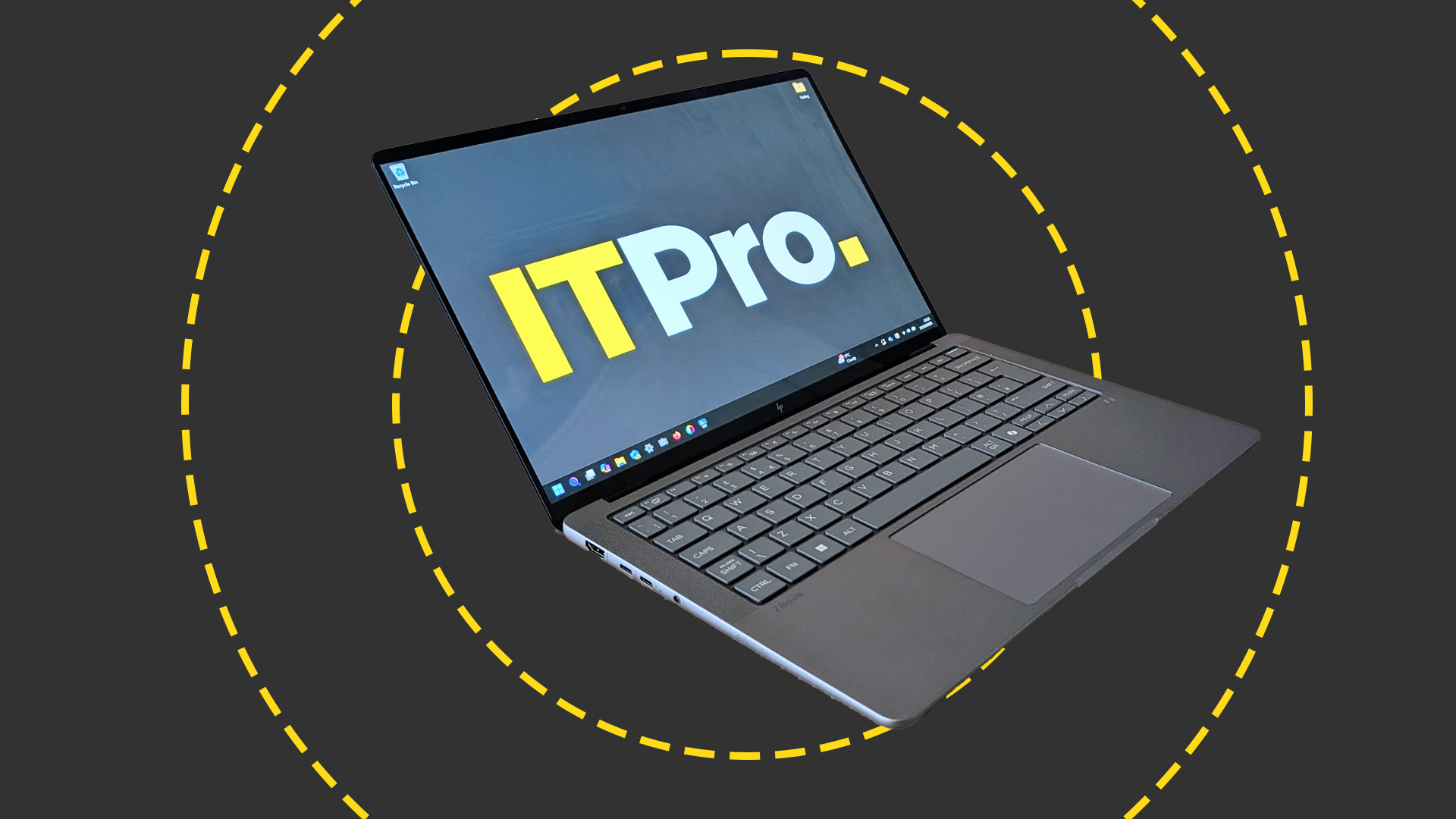 The HP ZBook Ultra G1a offers truly impressive levels of performance – a genuine game-changer
The HP ZBook Ultra G1a offers truly impressive levels of performance – a genuine game-changerReviews AMD's new Ryzen AI Max+ 395 redefines what we can expect from a laptop chipset with an integrated GPU and delivers outstanding performance
-
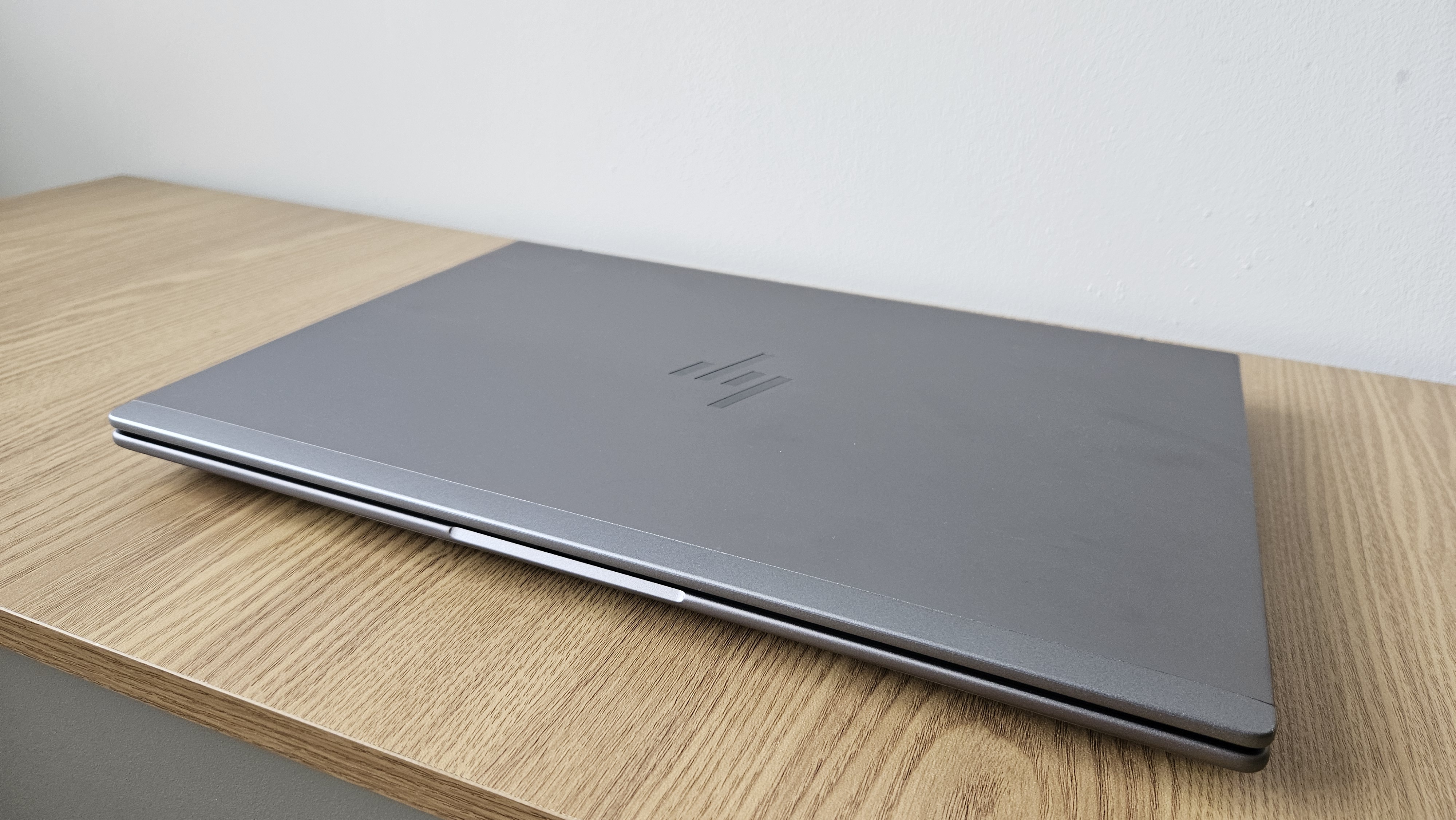 The HP ZBook X G1i is a full-throttle juggernaut – you couldn't ask for much more from a workstation
The HP ZBook X G1i is a full-throttle juggernaut – you couldn't ask for much more from a workstationReviews The HP ZBook X G1i offers almost everything you could want from a workstation, and it's delightful to use
-
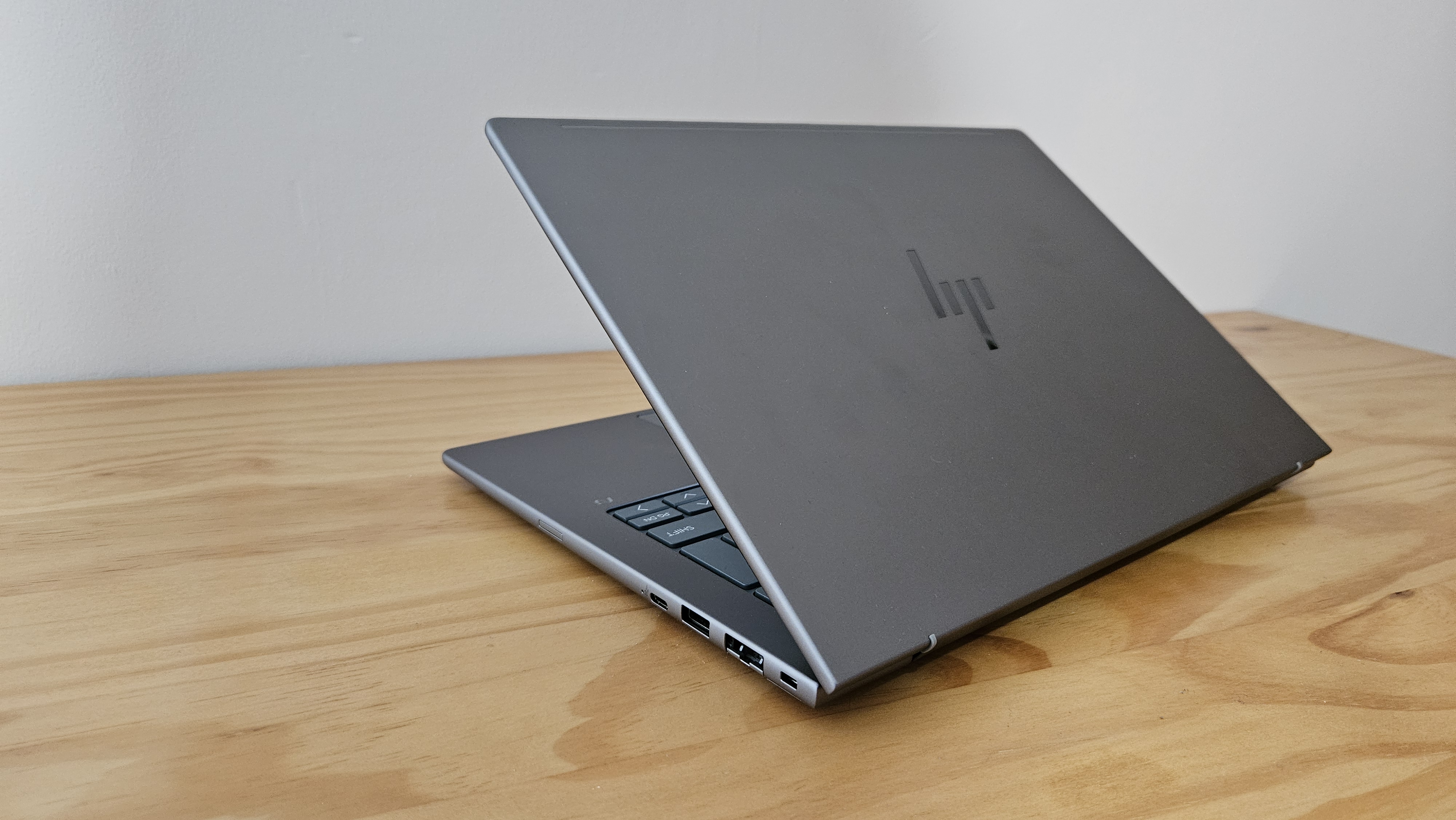 HP ZBook 8 G1ak 14 review: Plenty of promise but falls short
HP ZBook 8 G1ak 14 review: Plenty of promise but falls shortReviews This portable mobile workstation promises so much but fails to deliver in a few key quarters – meaning it's hard to justify its price tag
-
 We're in the age of "mega-tasking," and here's what HP is doing about it
We're in the age of "mega-tasking," and here's what HP is doing about itnews The world's first ultrawide conferencing monitor and a Nvidia-powered workstation aim to tackle our growing work demands
-
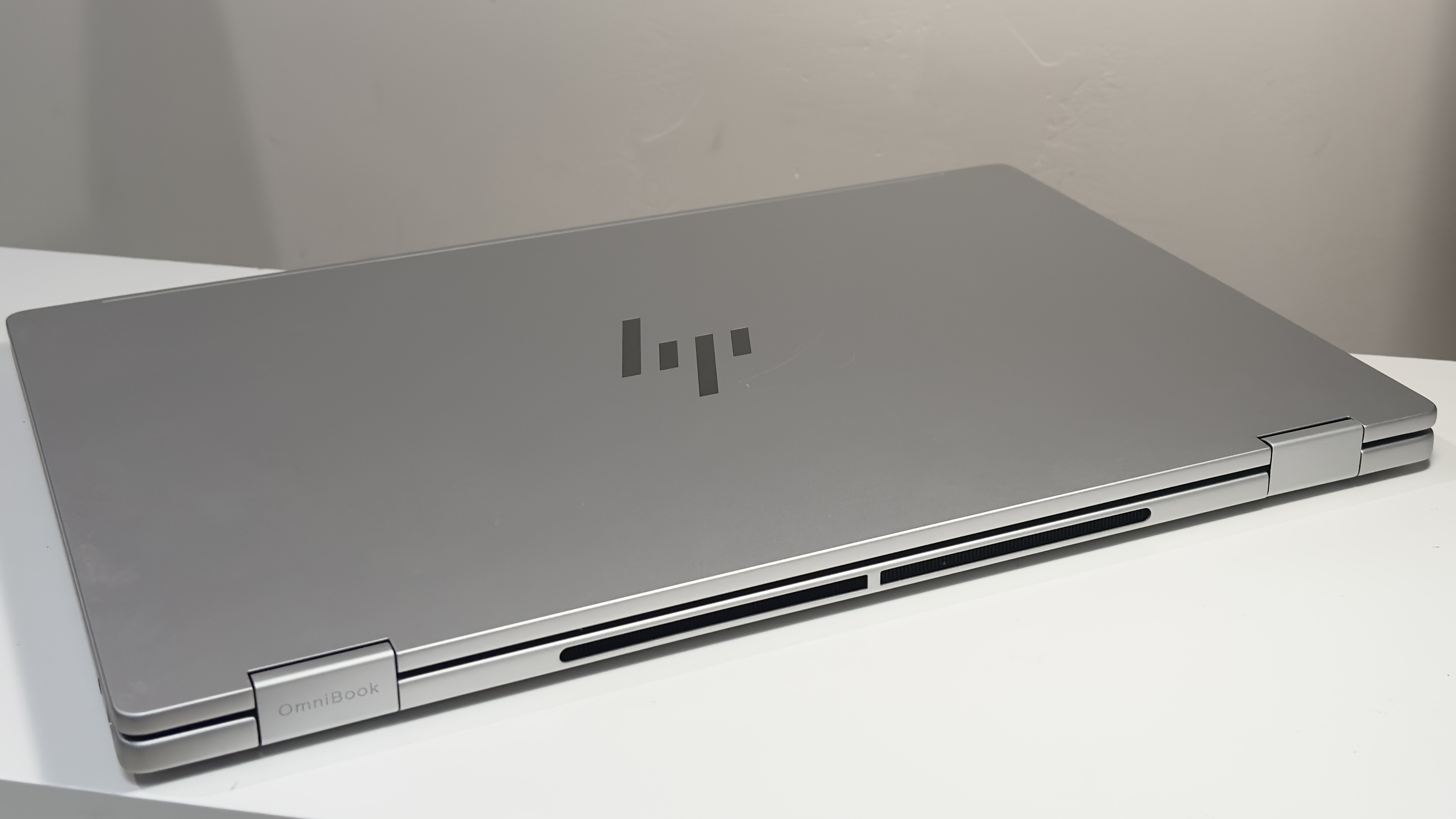 The HP OmniBook X Flip 16 is a brilliant, big, beautiful 2-in-1 laptop – but it's also an absolute bargain
The HP OmniBook X Flip 16 is a brilliant, big, beautiful 2-in-1 laptop – but it's also an absolute bargainReviews HP pairs a gorgeous OLED touchscreen with a smart 2-in-1 design – the result is a superb everyday laptop for sensible money
-
 AI PCs are paying dividends for HP as firm reports sales surge
AI PCs are paying dividends for HP as firm reports sales surgeNews HP has pinned recent revenue increases on Windows 11 and AI PC sales
-
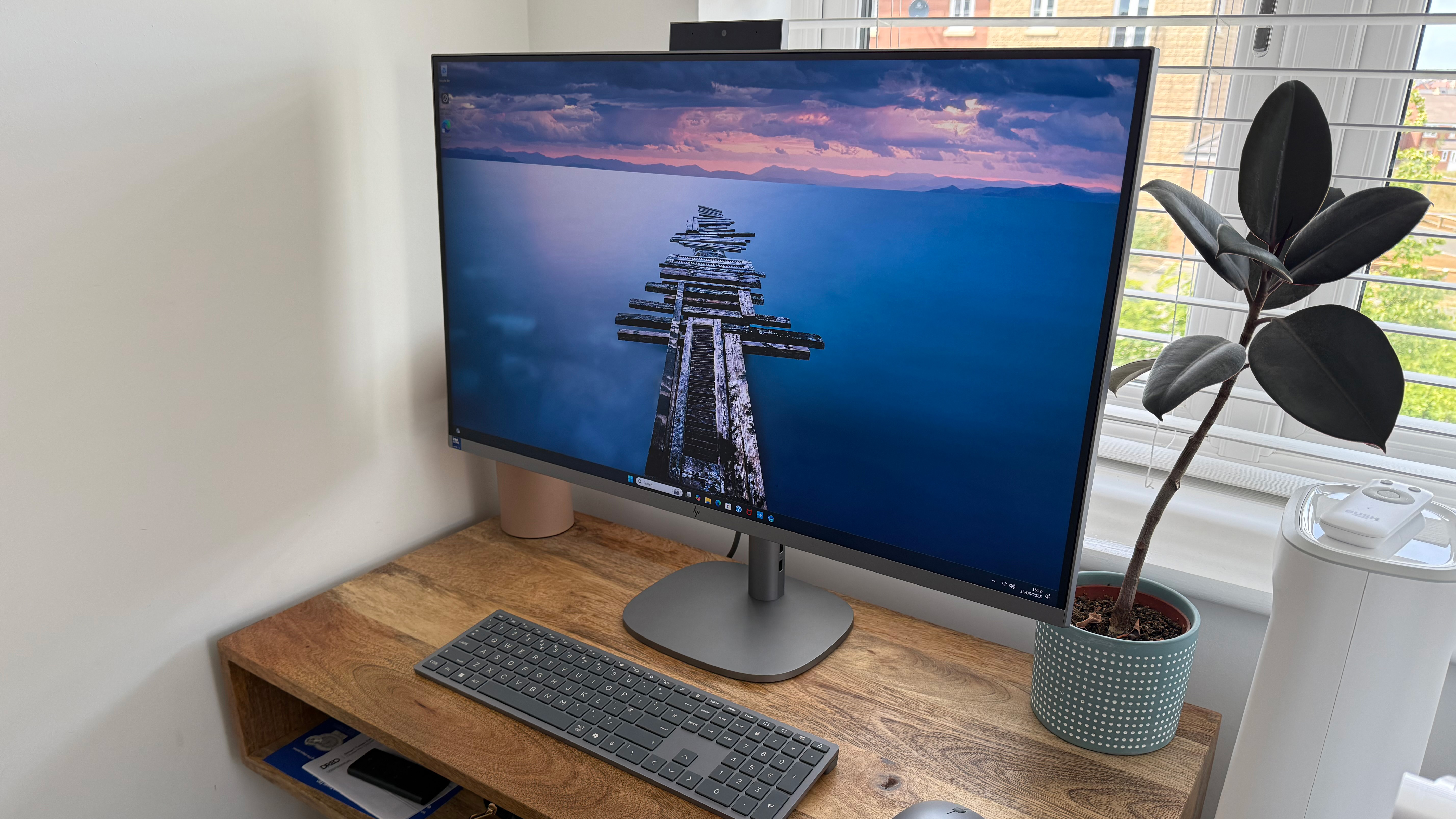 The HP OmniStudio X is a powerful, design-led all-in-one for creative work – but it could do with a stronger GPU
The HP OmniStudio X is a powerful, design-led all-in-one for creative work – but it could do with a stronger GPUReviews HP's answer to the iMac is a premium all-in-one that blends powerful performance with sleek design

